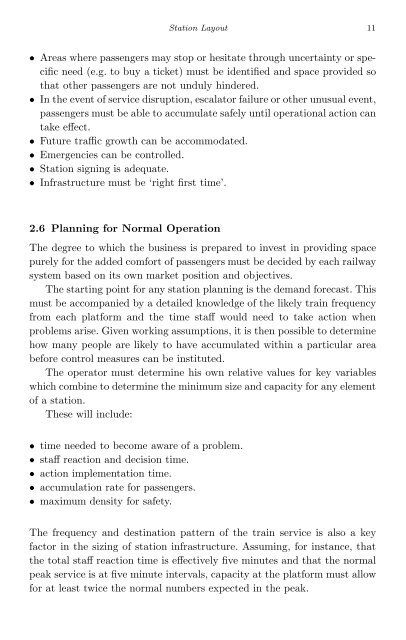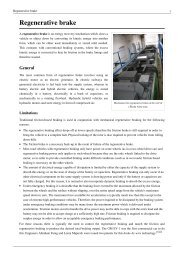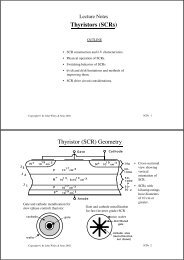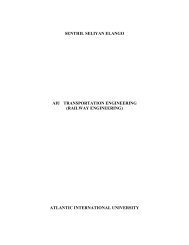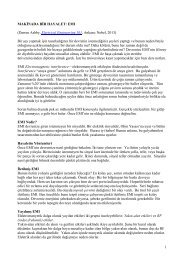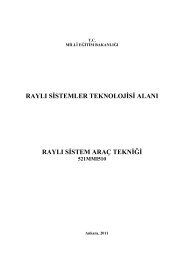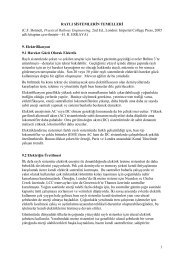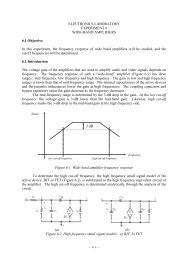2nd Edition
2nd Edition
2nd Edition
Create successful ePaper yourself
Turn your PDF publications into a flip-book with our unique Google optimized e-Paper software.
Station Layout 11<br />
• Areas where passengers may stop or hesitate through uncertainty or specific<br />
need (e.g. to buy a ticket) must be identified and space provided so<br />
that other passengers are not unduly hindered.<br />
• In the event of service disruption, escalator failure or other unusual event,<br />
passengers must be able to accumulate safely until operational action can<br />
take effect.<br />
• Future traffic growth can be accommodated.<br />
• Emergencies can be controlled.<br />
• Station signing is adequate.<br />
• Infrastructure must be ‘right first time’.<br />
2.6 Planning for Normal Operation<br />
The degree to which the business is prepared to invest in providing space<br />
purely for the added comfort of passengers must be decided by each railway<br />
system based on its own market position and objectives.<br />
The starting point for any station planning is the demand forecast. This<br />
must be accompanied by a detailed knowledge of the likely train frequency<br />
from each platform and the time staff would need to take action when<br />
problems arise. Given working assumptions, it is then possible to determine<br />
how many people are likely to have accumulated within a particular area<br />
before control measures can be instituted.<br />
The operator must determine his own relative values for key variables<br />
which combine to determine the minimum size and capacity for any element<br />
of a station.<br />
These will include:<br />
• time needed to become aware of a problem.<br />
• staff reaction and decision time.<br />
• action implementation time.<br />
• accumulation rate for passengers.<br />
• maximum density for safety.<br />
The frequency and destination pattern of the train service is also a key<br />
factor in the sizing of station infrastructure. Assuming, for instance, that<br />
the total staff reaction time is effectively five minutes and that the normal<br />
peak service is at five minute intervals, capacity at the platform must allow<br />
for at least twice the normal numbers expected in the peak.


